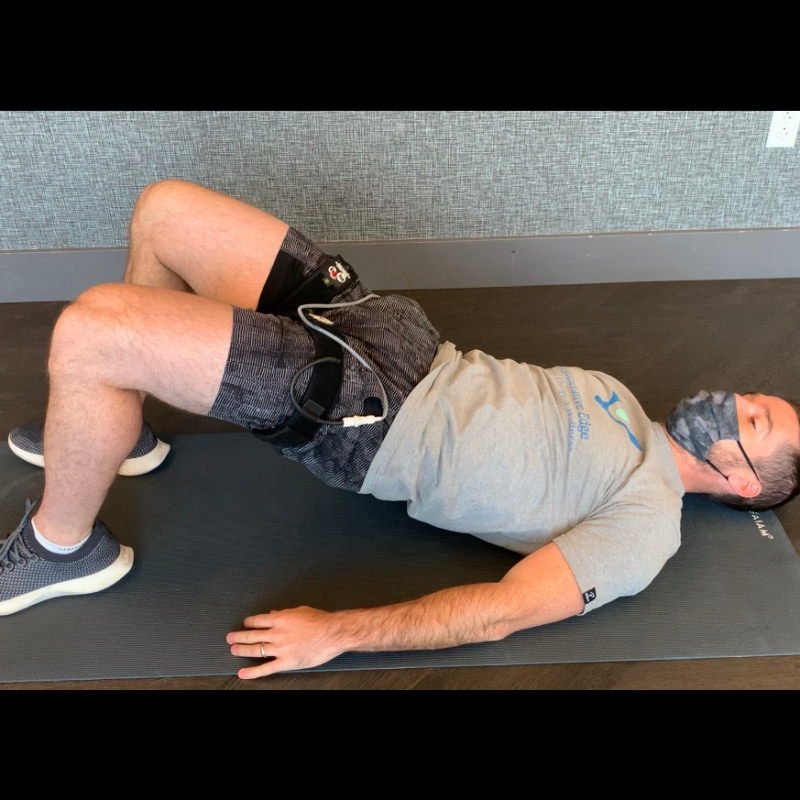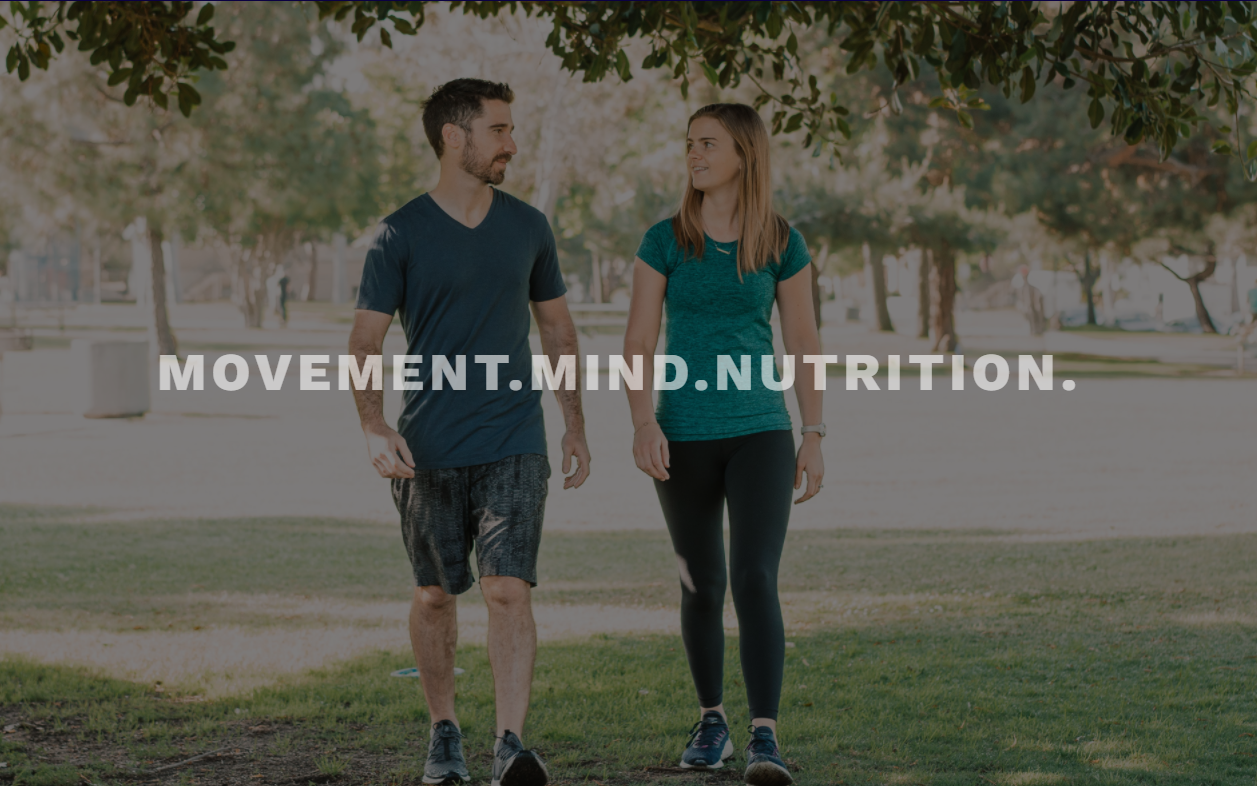
Recently, there’s been a lot of talking about Blood Flow Restriction (BFR) training in rehabilitation and sports performance. You may have seen a story about an athlete like Alex Smith using it to improve their recovery from an injury or surgery. It sounds fantastic in theory, but what is it exactly?
Essentially, it is the use of an inflatable tourniquet or cuff on the upper part of an extremity to alter the blood flow into/out of an extremity. It is usually done during exercise but can also be done at rest. The pressure used is personalized to your body and can be influenced by several factors including: blood pressure, limb circumference, muscle mass and injury history. The result of light weight (20-30% 1 rep max) exercise with an inflatable cuff is similar to what we would expect to see in normal strength training at 70-80% 1 repetition max (1RM). In terms of muscle hypertrophy, prevention of muscle loss, improved circulation and local/systemic hormone production, it is remarkable what it can accomplish.
BFR can be performed with classic strength training exercises, compound exercises (squats, pushups) simple exercises (leg extensions, bicep curls) or even with steady state exercises (walking, biking, rowing, etc.). The best advice if you want to understand BFR training better is to try it with the supervision of a skilled practitioner and see what works for you.
There are several different types of BFR units that people are generally trained with. I’ve used all different kinds of inflatable and non-inflatable cuffs. The two most common are KAATSU and Owens Recovery Science (ORS). I’m a certified provider with both and have used them each extensively on myself and with patients. I would choose to use the KAATSU unit if possible for several reasons.
- KAATSU technology has been around for longer with more research in Japan
- KAATSU cuffs are thinner and more comfortable to wear. You want a thin cuff to decrease the amount of tissue that is fully compressed by the cuff. If you have a wide cuff (>4”) it becomes very hard for the muscles underneath it to function properly during exercise. In addition, with a more narrow cuff you can actually get a muscle pump that pushes venous blood past the cuff and back to the heart.
- KAATSU units are more portable. You can wear both arms or legs and have the machine regulating pressure on your waist band. The ORS unit is very large for a single cuff and it is difficult to move around while attached to it.
Again, the best thing to do if you want to try it or learn more would be to seek out a provider that can assist you in using any form of BFR training. Check the KAATSU website to find a provider close to you. One option is to purchase a unit yourself but you should take the time to train yourself on its proper use. If you’re stuck at home with minimal equipment it can make a great addition to your exercise regimen.


0 Comments